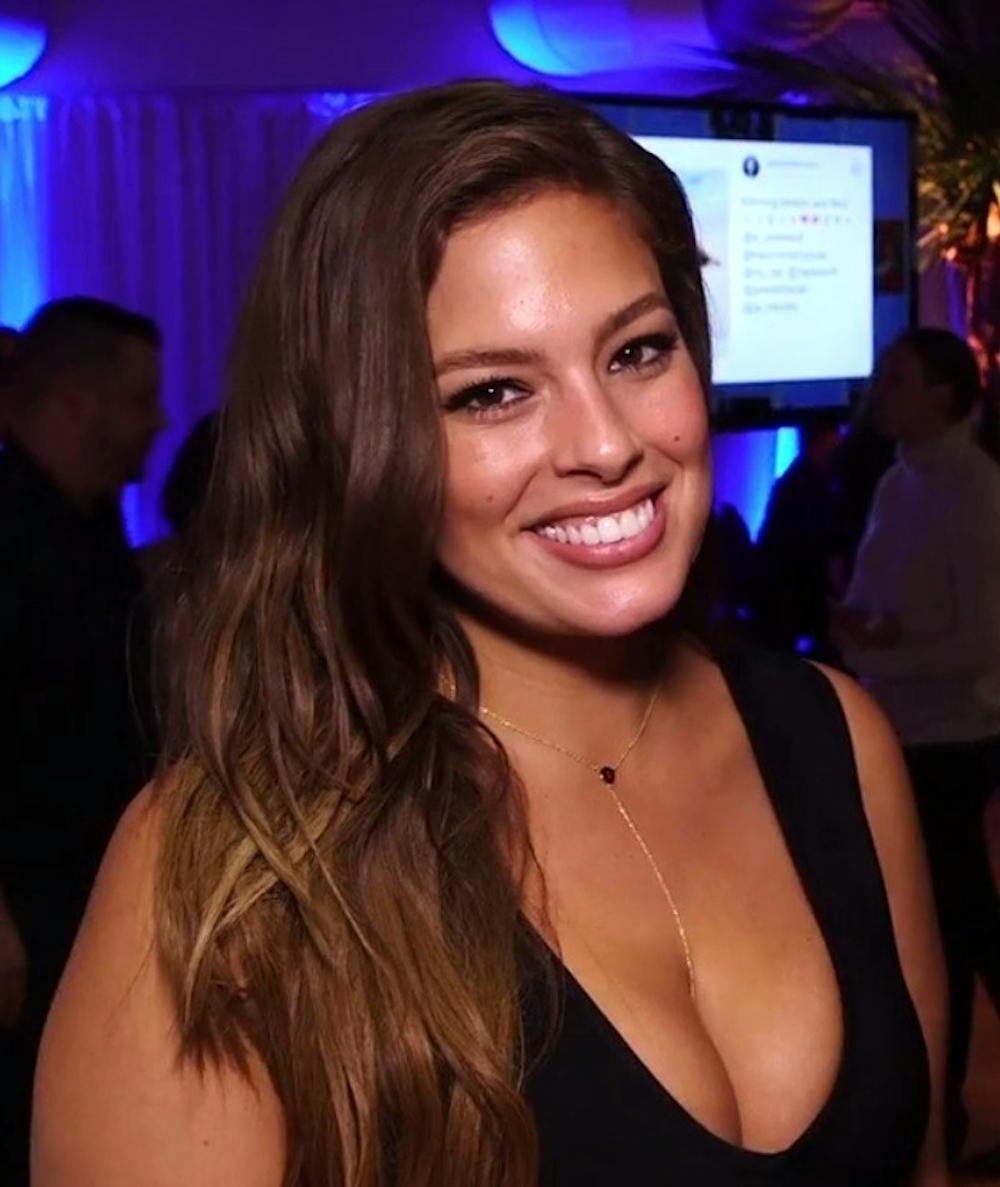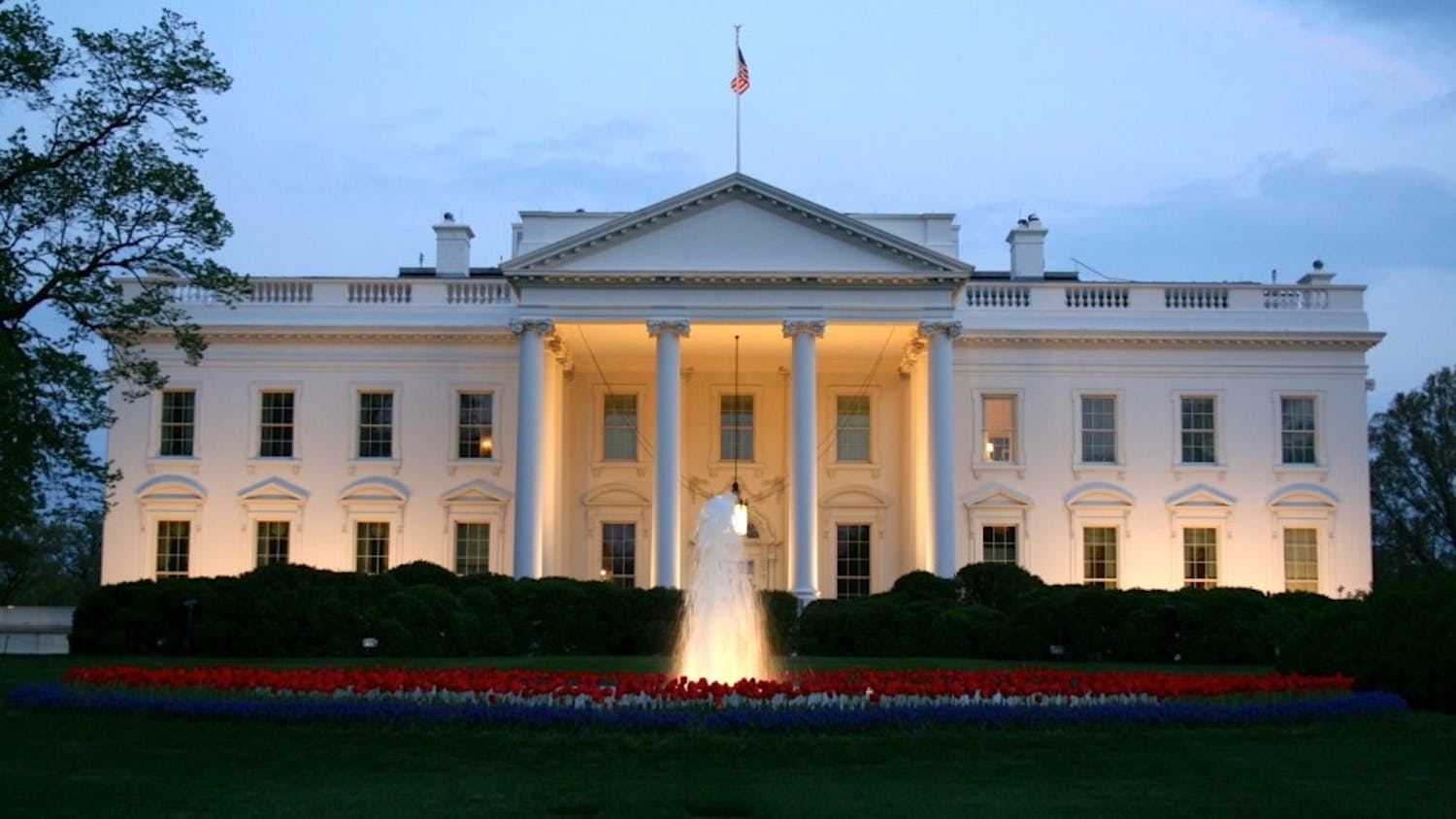“That’s just fat,” said plus-size model Ashley Graham, in response to an Instagram comment that congratulated her for a “baby bump.” The “baby bump” that the commenter saw was Graham’s natural body shape.
Graham was the first plus-size model on the cover of Sports Illustrated’s 2015 swimsuit edition. Sports Illustrated has gained a readership of nearly 60 million throughout its start in 1954. Graham introduced the fashion industry, and the world, to the potential of plus-size modeling.
Since Graham’s success in the industry, models who aren’t a size 2 have gained popularity across the globe. Model Chloe Marshall was the first plus-size woman to make it to the finals of Miss England. Australian model Jessica Leahy has become well-known after walking in the New York Fashion Week.
“Media absolutely has changed in the last few years with television, films, books and advertising all offering greater diversity of body types,” said SOC professor Margot Susca, whose research has focused on media and society. “Representations offer society ways to make sense of the world around them.”
Visibility of plus-size women in America is a change for the fashion industry, which has become notorious for representing type-A, thin bodies despite diverse ranges of body shapes. The average body type in America is a size 16 around the waist, but Victoria Secret Angels are expected to have size 2 bodies.
Fashion brands have started reaching out to plus-size models, and stores are expanding their plus-size sections. However, visibility still may not be enough.
Graham has said in an interview that she doesn’t appreciate the plus-size category. “[It’] so divisive to women,” Graham said. “You’re putting women into a category.” To Graham, “plus-size” is a term used to describe people whose bodies are not accepted.
Psychologists have proven that weight-based bias, or prejudice against people of heavier weight, can begin as early as age 3. The fashion industry’s active inclusion of diverse body shapes, from size 4 to size 14 to size 24, can at least help reverse the damaging effects of this body-discrimination. But the fashion industry, clothing stores and model agencies still have a long way to go.
“There is no reason not to include people of all sizes into the fashion industry,” said sophomore Erica Cirineo.
Cirineo’s public relations studies have made her interested in understanding media inclusivity.
“Not everyone is one size—simple as that,” Cirineo added. “Some companies make an active choice not to show diversity.”
The fashion industry has become comfortable showcasing off one thin body type. Weight-based bias drives agencies, magazines and designers to choose the beautiful size 2 model over the beautiful size 16 model. Victoria’s Secret, Ford Models and IMG Models are three agencies that have been accused of encouraging their models to diet down to thinner sizes that appeal to commercial interests rather than representing differing body shapes.
Other companies are embracing plus-size models. Men and women are signing with major modeling companies, such as size 22 model Tess Holliday who joined MiLK. MiLK is a new modeling agency that has hired multiple plus-size women as influencers. They proclaim that “no two models should be alike.”
Though Susca said that there is still progress to be made in the media’s representation of plus-size models, she also believes that “we're getting pretty damn close to the top. It will happen when [...] Graham [is] featured without any mention of [her] size.”





